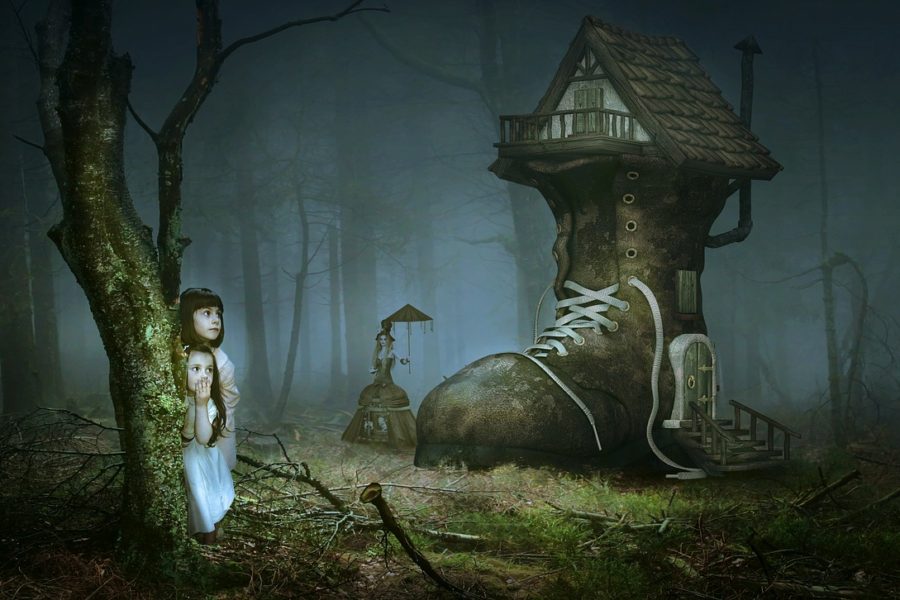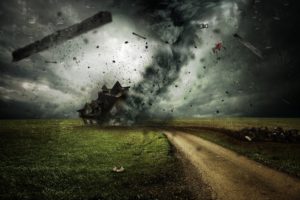Today’s blog: Children’s Books
Stories shape the way children understand the world. They contain characters which help them learn how to behave as a person. There are several different types, or genres, of children’s literature. How do you select the right one to read to your child?
First, we’ll look at Picture Books designed for young children. Some contain pictures without words. Others have pictures with a small amount of text. They often use repetitive phrases to help children who are learning to read.
Children’s Picture Story Books contain illustrations that complement the story, often mirroring the plot. Both the text and illustrations are important to its development. If well written, the two work well together. Usually, illustrations set the mood. They also help the reader anticipate what will happen next.
Traditional Literature are stories passed down from one generation to the next. They evolve with time and provide a link between the past and the future. They are broken down as:
- Folktales
- Fairytales
- Fables
- Legends
- Myths
Next, Realistic Fiction are books written for contemporary youth. The stories are based on current events or real world situations. They feature children as their main characters who face a challenge they must resolve. The goal is to teach young readers how to conquer their problems. It is typically positive and upbeat.
Historical Fiction are stories written to portray a specific time period or historical event. It is based on real events in people’s lives. They teach readers to see how history affects people of the same age.
Non-fiction books are designed to teach young readers more about real things.
Modern Fantasy is a broad genre. The stories are imaginative tales with story lines that clearly cannot be true. For example, the stories may be based on animals that talk, sci-fi, the supernatural or horror, or a combination of all. “Alice in Wonderland”, ” Winnie the Pooh” and “Charlotte’s Web” are examples of Modern Fantasy.
Poetry and Drama are important because they introduce children to verse, prose, rhythm, rhyme, symbolism, analogies, metaphors, writing styles and literary devices.
Biography is a form of non-fiction based on a person’s life. When written about the lives of important, famous people it can motivate children to dream about their own future – what they will be when they grow up.
Research suggests that we should not stop reading with our children just because they have learned to read independently. As parents, we should continue reading with them until they no longer wish to share reading with us. It builds our children’s confidence and competence as readers. It is worth the effort to make time to share this experience with our children.
Remember, it’s never too soon. Make it a routine.
Happy reading!
In the comment section, share how you make time to read to your child.
Meanwhile, know your story matters.
Sunshine and Rainbows!
S. Whitten
Image: Pixabay










1,920 Comments
Leave your reply.